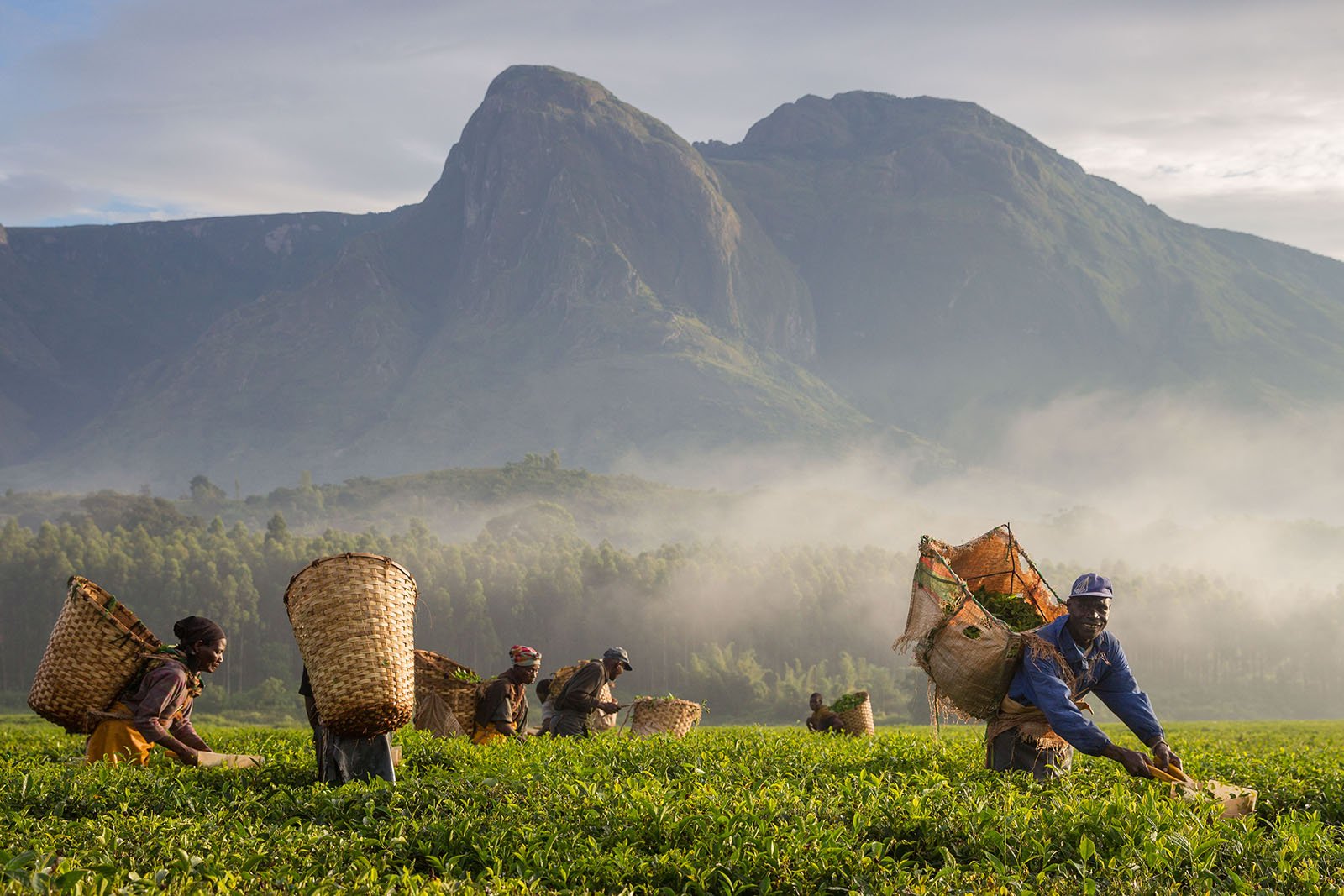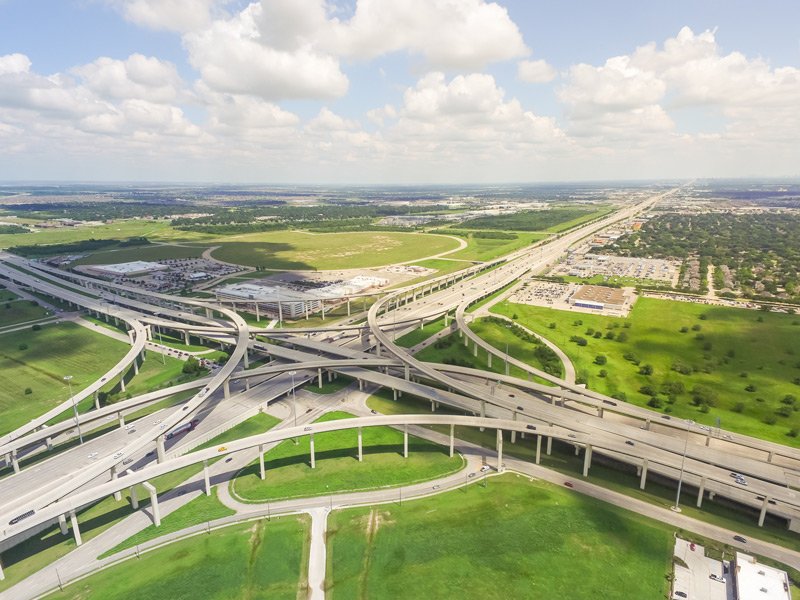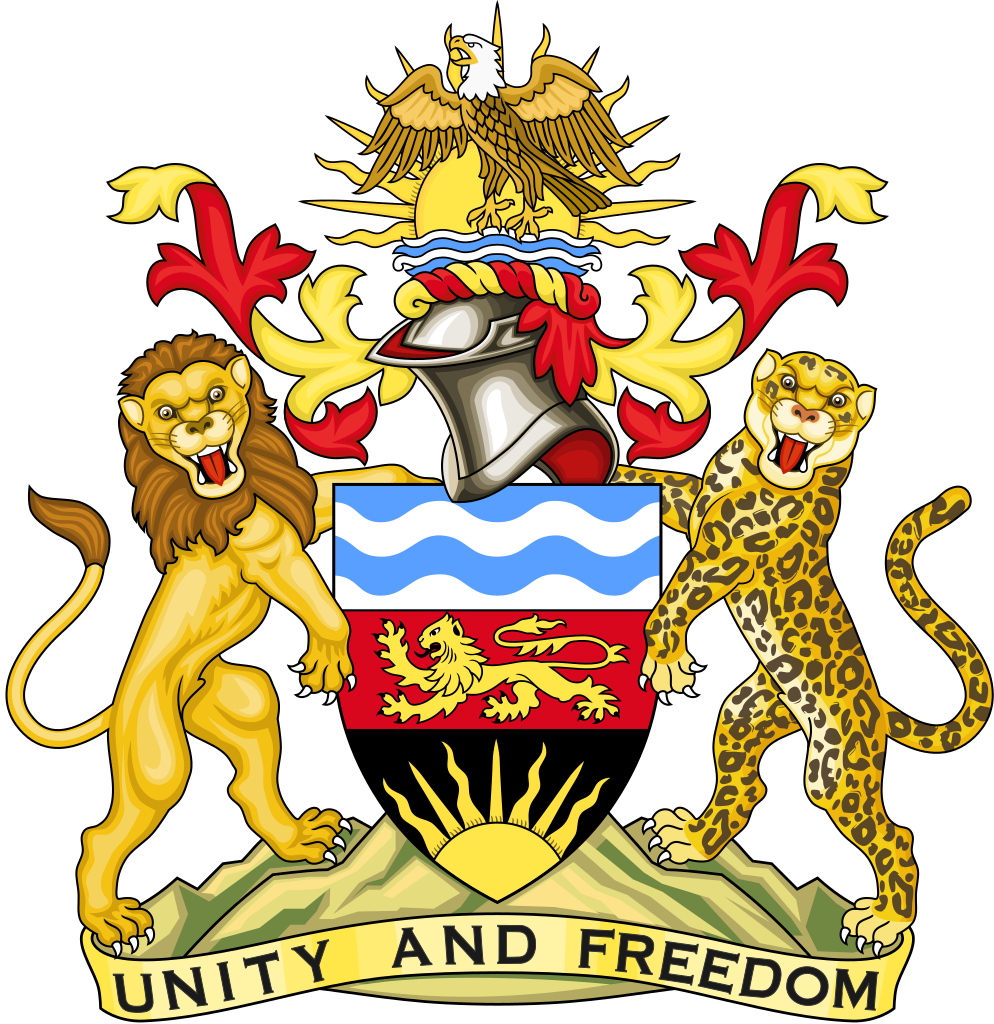ECONOMY
MALAWI THE FASTEST GROWING ECONOMYThe Malawi Government’s economic program is set out in the Malawi Growth and Development Strategy (MGDS) III. It is the medium-term strategy designed to contribute to Malawi’s long-term development aspirations. The strategy covers a period of five years from 2017 to 2022 and is a successor to the MGDS II, which was implemented between 2011 and 2016.
The Structure of the Economy
Malawi has an agro-based economy with the agriculture sector accounting for over 35.5 per cent of GDP, employing about 84.5 percent of labor force and accounting for 82.5 percent of foreign exchange earnings. Agriculture is characterized by a dual structure consisting of commercial estates that grow cash crops and a large smallholder sub-sector that is mainly engaged in
mixed subsistence farming. Maize, the staple food, accounts for 80 percent of cultivated land in the small-holder sub-sector. The main agricultural export crop is tobacco, followed by tea, sugar and coffee.
The manufacturing sector accounts for 11 percent of GDP and comprises mainly agro-processing activities in the tobacco, tea and sugar industries. Distribution and services represent about 22 percent of GDP.
While Malawi is not endowed with mineral resources on the scale of its neighboring countries, there is significant potential for natural resource extraction. Minerals that can be found include uranium, coal, bauxite, phosphates, graphite, granite, black granite, vermilite, aquamarine, tourmaline, rubies, sapphire and rare earths.


The Malawi Growth and Development Strategy
The Malawi Government’s economic program is set out in the Malawi Growth and Development Strategy (MGDS) III. It is the medium-term strategy designed to contribute to Malawi’s long-term development aspirations. The strategy covers a period of five years from 2017 to 2022 and is a successor to the MGDS II, which was implemented between 2011 and 2016.
The objective of strategy is to move Malawi to a productive, competitive and resilient nation through sustainable agriculture and economic growth, energy, industrial and infrastructure development while addressing water, climate change, environmental management and population challenges.
The strategy identifies five key priority areas:
- Agriculture, Water development and climate change management
- Education and skills development
- Transport and ICT infrastructure
- Energy, Industry and Tourism Development
- Health and Population

Agriculture, Water Development and Climate Change Management
Agriculture is the mainstay of the economy, contributing close to a third of the country’s GDP and employing the majority of the balour force. It is a sector that can significantly support industrial development. However, its potential is hampered by dependency on rain-fed agriculture with its attendant changes such as post-harvest losses, lack of agriculture diversification, small size of landholding, land degradation and lack of investment in research, extension and underdeveloped market systems.
Investment in climate adaptation has been found to have the largest multiplier effect on poverty alleviation, education, health, agriculture and water development, economic growth, urbanization and governance. Recognizing this, a number of strategies have been proposed including adaptation and mitigation of climate change impacts. Adaptation will protect against the effects of climate change, thereby reducing vulnerability of communities and ecosystems. On the other hand, mitigation avoids escalation of the risk of climate change by reducing further release of Green House Gases (GHGs) and by sequestration of GHGs from the atmosphere. Both adaptation and mitigation support the agriculture sector, as well as other sectors.
While addressing the challenges in agriculture, other areas such a environment, forestry, water resources, parks and wildlife, women and youth productivity, health, education, energy, industrial production and transportation will also be leveraged. This is in recognition of the fact that efforts to improve agriculture productivity and sustainability will not yield meaningful results unless water resource management and transportation infrastructure which enhances rural access are improved. This priority area will contribute to higher productivity and resilience.

Transport and ICT infrastructure
Transport and ICT are pivotal to accelerating growth of other sectors and acting as enablers for poverty reduction and wealth creation. Access to safe, affordable and sustainable transport and ICT is critical to enhancing the economic competitiveness of any country. Efficient transport systems are associated with economic and social benefits that result in multiplier effects such a improving access to markets, generating employment and enhancing investments. ICT forms the backbone of the modern business activity, productivity, trade and social advancement. When pursued together, Transport and ICT rely on each other with Intelligent Transportation System (ITS) requiring the use of ICT for effective and efficient outcomes and in return the transport network supports ICT activities. The 2017 Global Competitiveness report ranks Malawi’s infrastructure extremely low, at 135 out of 138 economies, significantly below other SADC countries.
For Malawi, high costs and limited access to reliable transport and ICT infrastructure impede economic growth. High transport costs result from the country’s landlocked position and poor transport infrastructure. Although Malawi has multi-modal system consisting of roads, rail, air and inland water transport, emphasis has been placed on road transport at the expense of other modes. Rapid population growth has undermined progress made towards road infrastructure development. A conducive environment needs to be created for investments in infrastructure with greater concentration on a multi-modal system of Transport and ICT infrastructure development.
The MGDS III, therefore, places emphasis on reduced travel time and costs for persons and goods, improved transport reliability, levels of service and efficiency. Enhancing access to local and international markets as well as to social and public services is also a priority. The strategy emphasizes reduced accidents and their human and economic costs. Increased private sector investment in the operation and management of transport infrastructure will be needed to achieve these outcomes. In the case of ICT, the strategy focuses on increased access to information and communications services; providing a well-developed ICT broadband infrastructure service, increasing the number of ICT-skilled and industry-ready workforce in public and private sector institutions and improving efficiency in postal services.

Education and Skills Development
Education is key for socio-economic development and industrial growth as it facilitates skills development. Education and skills development empower all Malawians, including women, the youth and persons with disabilities. Therefore, a long-term investment in this area is critical for human capital development. An educated and skilled population will help Malawi achieve accelerated economic growth and attainment of the SDGs. Malawi needs to improve the transition rate from primary to secondary and from secondary to tertiary level if it to create a labour force that can meaningfully contribute to the development of the country.
Malawi’s population is estimated at 17.2 million and 20.4% of the population is unemployed. This is untapped human capital, which, if fully engaged, would contribute to the socio-economic development of the country. The youth who complete secondary education and do not proceed to higher education remain unemployed due to lack of necessary skills for the job market. This skills gap needs to be addressed in order for Malawi is to harness its labour force for meaningful development. To do so, the education system needs to take a life-cycle approach and include entrepreneurship and vocational skills development.
The MGDS III therefore focuses on improved access and equity at all levels of the education system, including improved quality Early Childhood Development, primary, secondary and tertiary education and improved governance and management of education. For skills development, MGDS III focuses on improved access and equity in skills development training, quality of labour force and enhanced workforce capacities and supportive systems. Particular attention will be paid to girl’s education and women empowerment.

Energy, Industry and Tourism Development
A well-developed energy sector can improve service delivery and increase outputs in industries such as manufacturing, trade, tourism and other services. Access to clean, reliable, reasonably-priced and sustainable energy supply is, therefore, central to maintaining and improving the living standards of people. It enables communities to power homes, schools, health facilities and engage in productive activities and businesses.
Malawi is relatively well endowed with a wide range of energy sources, including coal, fuel wood, solar, hydro and wind. While biomass is the major source of energy (89%), electricity contributes a meagre 3% to the national grid. This implies that alternative sources of energy such as solar and wind have received scanty attention and need to be more fully exploited.
Industrialization and structural transformation of the economy are essential to maintain the rapid long-term national economic growth. This is needed to raise per capita income, create decent and sufficient rural and urban jobs as well as viable entrepreneurship opportunities for both men and women, widen the tax base to finance Malawi’s welfare requirements and address an unsustainable trade deficit. Attention will also be placed on mining exploration, extraction and regulation to unleash the sector’s potential and empower the rural masses who live around mining sites.
Another area that holds a lot of potential to transform Malawi is Tourism. Currently, the sector is not contributing significantly to the GDP as evidenced by a meager 7% contribution and 6.2% of total employment in 2016. Being a labor-intensive industry, Tourism has the potential to absorb many unemployed youths and revitalize local economies. As a service sector, Tourism currently employs relatively more women, usually in low-skilled and low-paying jobs. Training for women in the tourism sector will enable more women to be employed in higher-paying jobs.
The MGDS III focuses on improved access to reliable and sustainable energy supply and investment in affordable alternative sources of energy. The strategy emphasizes enhanced use of renewable and clean energy in the underserved rural and urban communities. With respect to industrialization, MGDS III prioritizes improving the environment for investment and private sector development, increasing production and export of manufactured products and enhancing production and management of non0renewable resources. With regard to the tourism industry, the emphasis is on investment in tourism infrastructure, improving the quality of tourism products and services, and the conservation and management of cultural heritage resources and the environment.

Health and Population
Improving health outcomes is a prerequisite for increased national productivity, accelerated economic growth and poverty reduction. In addition, health has significant effects on other elements of development including Education, Agriculture, and Industry. Climate change and environmental degradation have serious implications on health, including on the spread and resurgence of diseases.
On the other hand, population size, structure and distribution have strong linkages with social and economic development. Rapid population growth and increased densities can cause environmental setbacks due to expansion of agriculture, settlements and other livelihood activities. Ultimately, this leads to increased vulnerability, especially among women, children, persons with disability and other groups impacted by natural disasters such as floods, drought and epidemics. Proper population planning and management improves access to quality basic services and amenities; enhances economic variables; and reduces environmental damage.
The MGDS III therefore focuses on effective health sector planning at all levels with improved access to equitable health services. It aims to improve the quality of health services, patient safety and people-centred services. MGDS III recognizes the importance of improved domestic financing for health so that human resources for health can be retained. In the area of disease control, MGDS III focuses on reduced incidence and prevalence of diseases, reduced morbidity and mortality arising from malnutrition, and improved hygienic and sanitation practices.
Slowing down the rate of population growth is imperative if Malawi is to effectively manage natural resources and develop human capital. MGDS III therefore focuses on effective population and development planning at all levels and increased awareness on the interplay between population and development dynamics. This KPA contributes to building the productive capacity and resilience of Malawians.
Basic Economic Statistics
Gross National Income (GNI) US$2.3 billion
GNI per capita US$170
Gross Domestic Product (GDP) US$2.2 billion
GDP growth (annual) 8.4%
Inflation 7.5%
Agriculture, value added (% of GDP) 35.5
Industry, value added (% of GDP) 19.8
Services, value added (% of GDP) 44.7
Export of goods and services (% of GDP) 28.0
Import of goods and services (% of GDP) 52.8
Gross capital formation (% of GDP) 16.3
Recent Economic Growth Performance
The Government of Malawi has invested significant political capital in restoring macro-economic stability. Fiscal discipline has been maintained since 2004, and has established uninterrupted three-year track record of good macro-economic management which has translated into improved macro-economic indicators. Real GDP growth was 7.9 percent in 2006 and 7.5 percent in 2007. Inflation reached 9.2 percent in January 2007, the first time it has hit a single digit in four years. As of December, 2007, inflation was at 7.5 percent. The Bank Rate also fell to 17.5 percent in August 2007 after reaching a record high of 45 percent in 2003/04.
This progress has been rewarded by the restoration of the Poverty Reduction and Growth Facility support from the International Monetary Fund (IMF) in August 2005 and the attainment of debt relief under the Heavily Indebted Poor Countries (HIPC) initiative in September, 2006 and further debt relief from the IMF under the Multilateral Debt Relief Initiative (MDRI). Malawi is also the only country that qualified for a compact under Millennium Challenge Account (MCA) in financial year 2007/2008. The MCA is a U.S. development assistance program that rewards countries based on their performance in governing justly, investing in their citizens and encouraging economic freedom. (see Malawi’s score http://www.mcc.gov/documents/score-fy08-malawi.pdf)
Office
Block 5, St. 512 – Villa 34, Al Shuhadaa – Kuwait
CALL US
(+965) 2523 5416
EMAIL US
malakuwait@gmail.com
